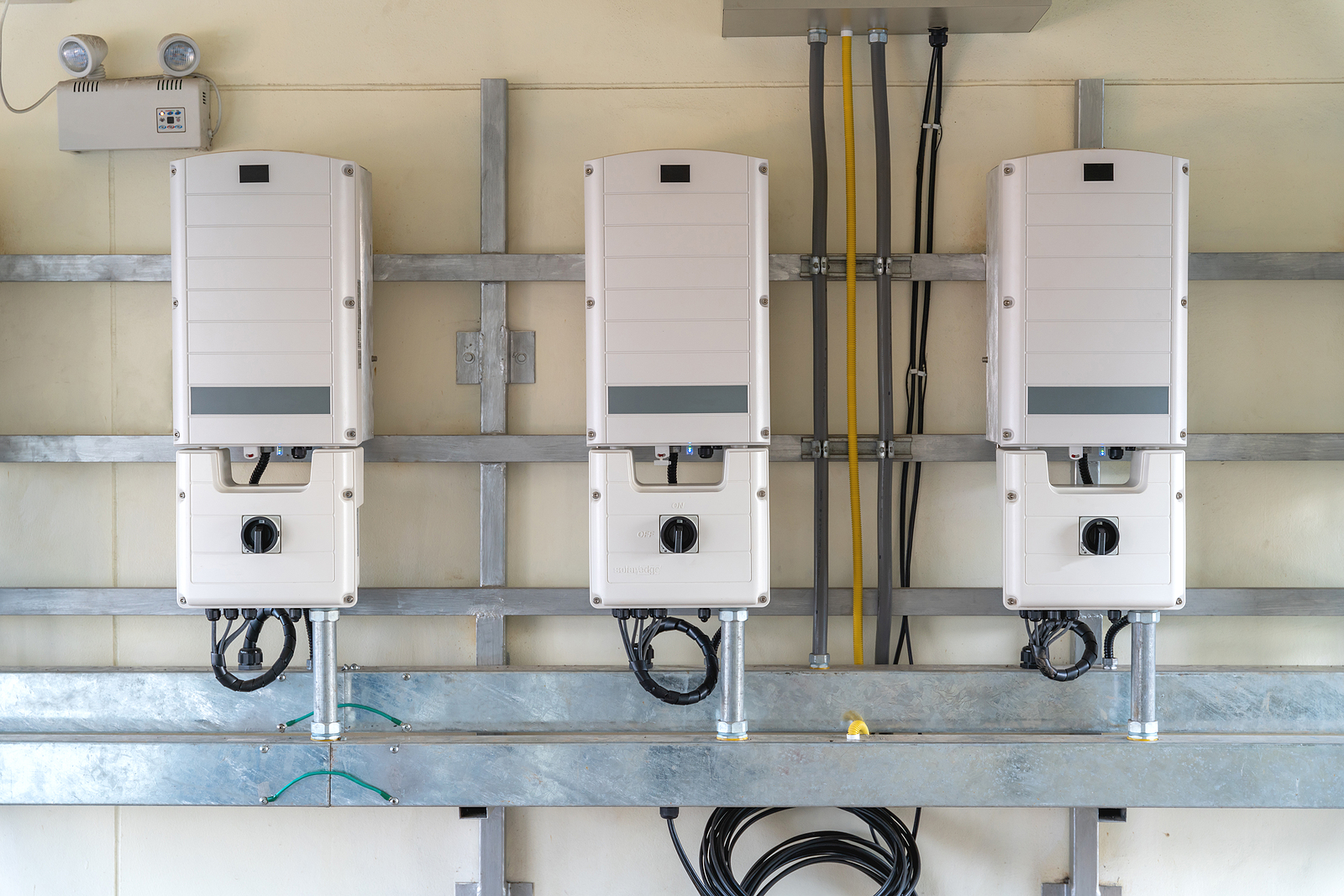
NFPA 99 Electrical Codes Requirements
The National Fire Protection Association (NFPA) plays an integral role in establishing safety standards across various industries, including healthcare. One of its most significant contributions is NFPA 99, which focuses on health care facilities. This article will provide a comprehensive understanding of NFPA 99 concerning backup power sources and related standards for outpatient care centers.
Understanding the Role of NFPA 99
NFPA 99, otherwise known as the Health Care Facilities Code, establishes criteria for healthcare systems, materials, devices, and appliances. These guidelines intend to provide a safe and efficient environment for patients, staff, and visitors.
The code covers a broad range of areas, including gas and vacuum systems, electrical systems, and emergency management. A key aspect is the regulations concerning backup power sources, which is critical to ensuring uninterrupted care during power outages.
NFPA 99 Requirements for Backup Power Sources
Backup power sources in healthcare facilities fall under the umbrella of Essential Electrical Systems (EES), defined by NFPA 99. EES is split into two parts: the Life Safety Branch and the Critical Branch. The former ensures the safety of patients and staff during an emergency, while the latter focuses on maintaining critical functions of the facility.
The Life Safety Branch
This branch of EES encompasses the systems and equipment necessary to protect patients, staff, and anyone within the healthcare facility during a power outage. The Life Safety Branch includes:
- Emergency lighting systems: To facilitate evacuation and emergency procedures, emergency lighting systems should be connected to the backup power.
- Fire detection and alarm systems: Fire alarms and smoke detectors are crucial for ensuring safety and must operate during power outages.
- Exit signs: To guide patients and staff during emergencies, exit signs should be operational even during power outages.
The Critical Branch
The Critical Branch pertains to systems and equipment that, while not directly related to life safety, are essential for patient care and facility operation. The critical branch includes:
- Medical equipment: This includes critical life-supporting equipment, such as ventilators and heart monitors.
- Task lighting: Certain areas, like operating rooms and recovery rooms, need constant lighting to ensure safe and effective patient care.
- Select receptacles: Specific power outlets, particularly those used for essential medical equipment, must be connected to the backup power system.
Both branches need to be supported by a reliable backup power source, usually a generator, capable of providing sufficient power for a minimum of two hours.

Importance of Regular Testing and Maintenance
NFPA 99 also stipulates regular testing and maintenance of backup power sources. This ensures that the system is always ready to kick into action during power outages. These regulations include:
- Monthly testing: Backup power sources must undergo monthly testing under facility loads for 30 minutes.
- Annual testing: In addition to monthly testing, a thorough annual test under full-load conditions for at least four continuous hours is required.
- Fuel quality check: The generator's fuel should be tested at least annually to ensure it meets the manufacturer's specifications.
- Automatic Transfer Switch (ATS) testing: The ATS, which transfers the power supply from the main source to the backup source, must be tested monthly.
Beyond NFPA 99: Related Backup Power Standards
While NFPA 99 provides a comprehensive guide for backup power sources in outpatient care centers, other NFPA standards are also relevant. NFPA 70, known as the National Electrical Code (NEC), and NFPA 110, dealing with emergency and standby power systems, offer additional guidelines that complement NFPA 99.
Essential Features of a Reliable Backup Power System
Compliance with NFPA 99 regulations also means having a backup power system that's robust and reliable. Here are more features to consider:
- System Capacity: The backup power system should not only be capable of supplying power to all essential systems for a minimum of two hours but also maintain its performance under varying load conditions.
- Fuel Supply: Apart from having a robust fuel supply system to support extended operations, the fuel type (diesel, natural gas, etc.) should be suitable for the facility's operational context and environmental regulations.
- Automatic Transfer Switch (ATS): The ATS should not only transition automatically and seamlessly from the main power to the backup power but also have safeguards against any short circuits or overloads.
- Load Management System: The system should have a capable load management system to prioritize and manage power supply to critical equipment efficiently during power outages.
- Noise Control: Since the generator may be located near patient areas or residential neighborhoods, noise control measures should be considered.
Incorporating NFPA 99 Guidelines into Disaster Preparedness
Embedding NFPA 99 standards into your disaster readiness blueprint can significantly reduce chaos and ensure smooth operations during power interruptions. Here are the vital elements to focus on while crafting such a strategy:
Comprehensive Risk Assessment
An exhaustive risk analysis forms the bedrock of any successful disaster plan. Here, you should:
- Evaluate Power-related Threats: Identify all potential threats that could cause power disruptions, including natural disasters, equipment failure, or grid instability.
- Assess Fuel Supply Vulnerabilities: Look at possible scenarios that could disrupt your fuel supply chain, like transportation bottlenecks or supplier insolvency, and evaluate the resilience of your backup system under such circumstances.
- Analyse System Endurance: Carry out stress-tests on your backup system to determine how long it can effectively function under various adverse conditions.
Prudent Resource Planning
An effective disaster preparedness plan should not only take into account the necessary resources but also their management. This includes:
- Fuel Supply Planning: Make provisions for an adequate fuel supply to run the backup power system for an extended period.
- Resource Storage and Safety: Have proper facilities for storing fuel and other vital resources. Consider the safety aspects of storage, like potential fire hazards or environmental impact.
- Resource Handling: Develop guidelines for handling these resources to minimize wastage and ensure safety.
Extensive Training and Regular Drills
Preparation is key in managing any disaster effectively. As part of your strategy:
- Regular Drills: Conduct regular drills that simulate power outage scenarios, helping staff become adept at transitioning to backup power swiftly and efficiently.
- Handling Power Resumption: Training should also cover how to handle the return to normal power to prevent any hitches that could disrupt patient care.
- Role-Specific Training: Train each staff member based on their role during a power outage. Everyone should know their responsibilities and be able to carry them out with minimal guidance.
Robust Communication Plan
Maintaining clear lines of communication during a crisis can prevent panic and confusion. Your plan should:
- Inform Staff: Ensure that all personnel, from top management to floor staff, are updated about the power situation and their specific duties during such emergencies.
- Communicate with Patients: Patients and their families should be informed about the situation and reassured that all necessary measures are being taken for their comfort and safety.
- Coordinate with Authorities: The plan should include mechanisms for keeping in touch with power suppliers, repair crews, and relevant authorities to facilitate swift restoration of normal power.

Documentation for NFPA 99 Compliance
Meticulous documentation is vital to demonstrate your outpatient care center's adherence to NFPA 99. This paperwork serves as verifiable proof of your center's commitment to safety and reliability. The following sections detail the categories of documents necessary for thorough record-keeping.
Comprehensive Installation and Design Records
The starting point for any backup power system is its design and installation records. This paperwork should encompass:
- System Specifications: Detailed specifications of the backup power system, including its capacity, type of fuel used, and other technical characteristics.
- Installation Details: A comprehensive account of the installation process, noting any challenges faced and how they were resolved.
- Manufacturer Manuals: Manuals supplied by the system manufacturer, which provide crucial information on system operation, maintenance, and troubleshooting.
- Warranty Information: Warranty cards or certificates guaranteeing the system's quality and offering specific remedies in case of system failures or faults.
- Validation Certificates: Certificates from authorized third-party agencies validating that the system's installation meets the prescribed standards and regulations.
Rigorous Maintenance and Testing Logs
Regular system maintenance and testing are essential parts of NFPA 99 compliance. Records relating to these activities should include:
- Maintenance Activities: A detailed chronicle of all the maintenance tasks performed on the backup power system, including the date, nature of maintenance, and personnel involved.
- Testing Results: Results of regular system tests, including date, duration, load conditions, and observations made during the testing.
- Spare Parts Inventory: Records of all spare parts purchased for the system, noting the date of purchase, part type, supplier, and when and where each part was used.
- Issue Tracking and Resolution: Documented history of any issues or faults discovered during maintenance or testing, along with the corrective actions taken.
Detailed Upgrade and Modification Documentation
System upgrades and modifications are often needed to accommodate increasing power needs or technological advancements. Such changes should be documented meticulously:
- Reasons for Modification: A clear rationale explaining why the upgrade or modification was necessary, detailing any deficiencies in the existing setup or new requirements.
- Modification Process: A step-by-step account of the modification or upgrade process, including any challenges faced and how they were addressed.
- Impact Analysis: An analysis of how the changes affect the overall system performance and compliance with NFPA 99, as well as how they align with potential future upgrades or expansions.
- Updated System Specifications: Post-modification technical specifications of the system, compared with the original setup.
Beyond Outpatient Care Centers: NFPA 99 in Other Healthcare Settings
The applicability of NFPA 99 extends beyond outpatient care centers and into various other healthcare settings:
- Hospitals: Hospitals need to adhere to NFPA 99 not only for critical and life-saving services, but also for patient comfort and convenience services, such as HVAC and food service systems.
- Dental Clinics: Dental clinics should also consider backup power for essential services like sterilization equipment, and digital X-ray systems.
- Rehabilitation Centers: These facilities need to ensure that backup power can support essential systems like physical therapy equipment and security systems.
- Pharmacies: Pharmacies, especially those storing temperature-sensitive drugs, need to consider backup power to maintain optimal storage conditions.
- Nursing Homes: With residents depending on medical equipment and assistance, nursing homes must also consider NFPA 99 guidelines for their backup power systems.
Conclusion
Meeting the NFPA 99 electrical code requirements is paramount in ensuring the safety and continuous operation of outpatient care centers. By understanding and complying with these standards, healthcare facilities can provide quality care, even during power disruptions.
Sources
continue reading
Related Posts
Lighting Inverters Imagine a scenario where the lights suddenly go […]

